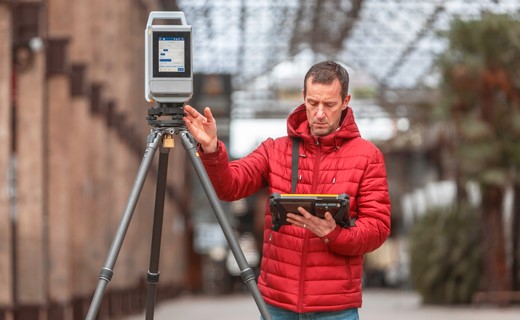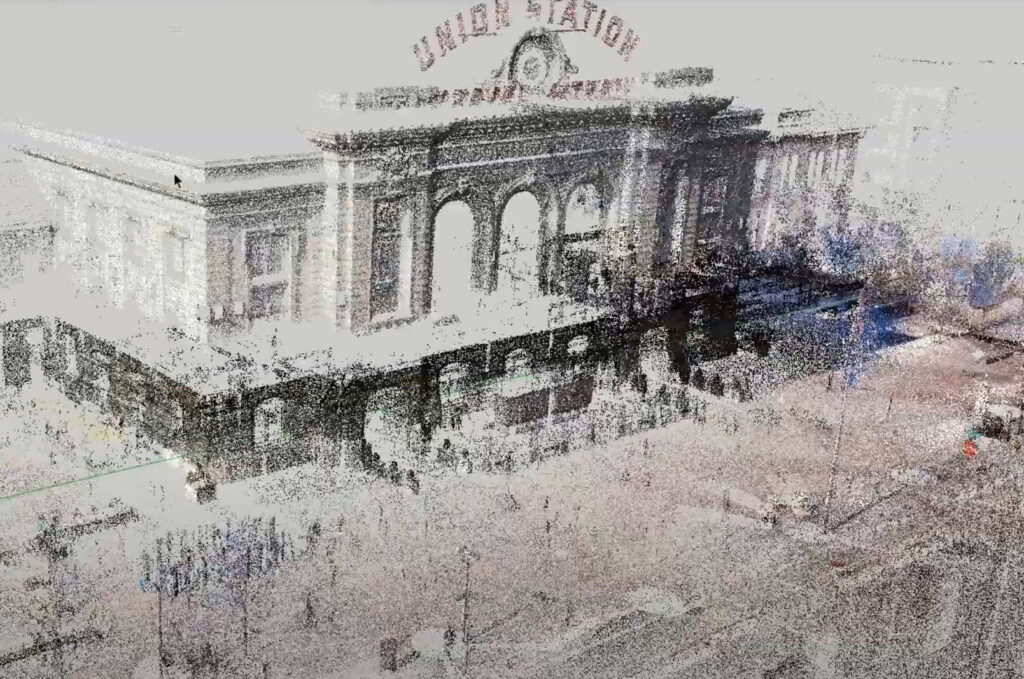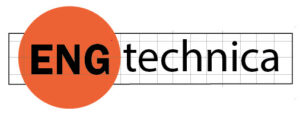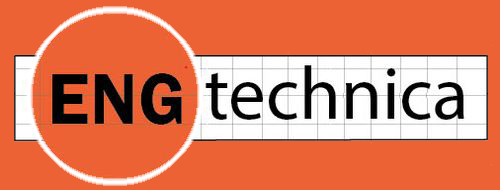
Trimble’s X9 laser scanner is one of the best laser scanners in the industry. Set it up on a tripod, push the button on Trimble’s purpose-built tablet, and the scanner comes to life and starts whirring and spinning. In 2 and a half minutes or less, at a rate of over 2 million points per second, it has recorded the entire scene within 2.2 mm accuracy (at 20 meters).
I am hearing of the X9 in a session at Dimensions 2024 titled “Seamlessly Integrating Realities. Exploring Trimbles’s Portfolio and Its Synergy with Scan Essentials in SketchUp,” expertly presented by Dr. Olivia Feng, Sr. Product Manager for SketchUp and Jeff Turgeon, Technical Product Manager of 3D Laser Scanning at Trimble.
At the risk of being rude, how much?
The presenters are not in sales, nor does Trimble sell directly to customers or publish their prices, leaving pricing to resellers. Still, they gamely estimate the X9 to cost around $100K.
There were no gasps, but did I detect a stunned silence?
Too much? Trimble also offers other scanners for as little as $40K.
Scanning on the Rise
Indeed, reality capture, such as 3D laser scanning and its corollary technology, photogrammetry, has become a thing of late. Dr. Feng has counted over 20 sessions devoted to scanning at this year’s event. Dimensions 2023 had less than a handful.
Over the last 5 years or so, the ability to make a 3D model of an existing building, structure or site has progressed from a magic trick to a common sight on construction sites and in surveys. It has become a mainstay, adopted by the bigger building and construction firms. However, its entry into the mainstream has yet to come.
“How many of you are using [Trimble’s scanning software]?” asks Turgeon. No hands go up. Are they all here due to FOMO (fear of missing out)? That might be the case. Word of laser scanning is getting around. Everyone seems to know someone who knows someone who does laser scanning.
The high cost of laser scanning hardware would have everything to do with its lack of widespread adoption if the entry point is $40,000. An attendee asked if the scanner could be rented. Others assure him that Trimble resellers have taken to offering scanning as a service.
Billions of Points

If the cost barrier can be overcome, managing the output of a 3D scan presents another. We hear of the number of points being reduced by a fifth so it doesn’t bog down the hardware, which is attempting to show a grainy but colorful display of points. The colors are the result of the scanner recording a color value from a built-in camera. Were it not for the color, the points would resemble the stars seen from the Hubble telescope. Good luck identifying the constellations.
Turgeon is understandably proud of the 78 billion-point Westminster Cathedral (Westminster, Colorado) model. The model took “a whole day to stitch together,” though auto-registration, which is available now, would have dispensed with that effort.
Trimble scanners, able to generate as many as 2.19 million points per second, create mind-boggling large models but come at the cost of slow display, processing and confusion when visualizing.
Each point is stored as an X, Y, and Z coordinate, plus an RGB value, plus georeferenced data; the whole set times 78 billion is too big to handle. We hear how only a fifth of the points are made visible so the display doesn’t bog down.
The model had to have “reflections” removed and the background clipped, as long-range scanners have the annoying ability to “see” far beyond what they should be focused on, picking up objects in the far background.
There was a minor mention of using the LiDAR built into the latest iPhones and iPads, effectively a poor man’s scanner, but no mention of its poor accuracy (2% error) and limited range. Whereas professional-grade rotating beam LiDAR units, like the X9, can accurately locate objects hundreds of meters away, Apple’s devices can barely reach a tall ceiling.
Connect the Dots
Seeing color helps with the visualization of point clouds, but even colored point clouds challenge the eye-brain accustomed to continuous surfaces. We are forced to connect the dots, imagining objects. Complicating matters is that every point is visible, unlike the surface or solid model, which hides geometry not visible.
Connecting the dots may be simple in 2D, but in 3D, it requires quite a bit of effort. First of all, the point cloud must be cleaned up. There are points where there are no objects, which is the result of reflections or missing points because the laser passes through glass.
The collection of billions of points may be a source of pride to a scanner manufacturer like Trimble, but to everyone and anyone who has to handle, manage, process and visualize, they are quite the bother.
How should it work?
To be continued…

